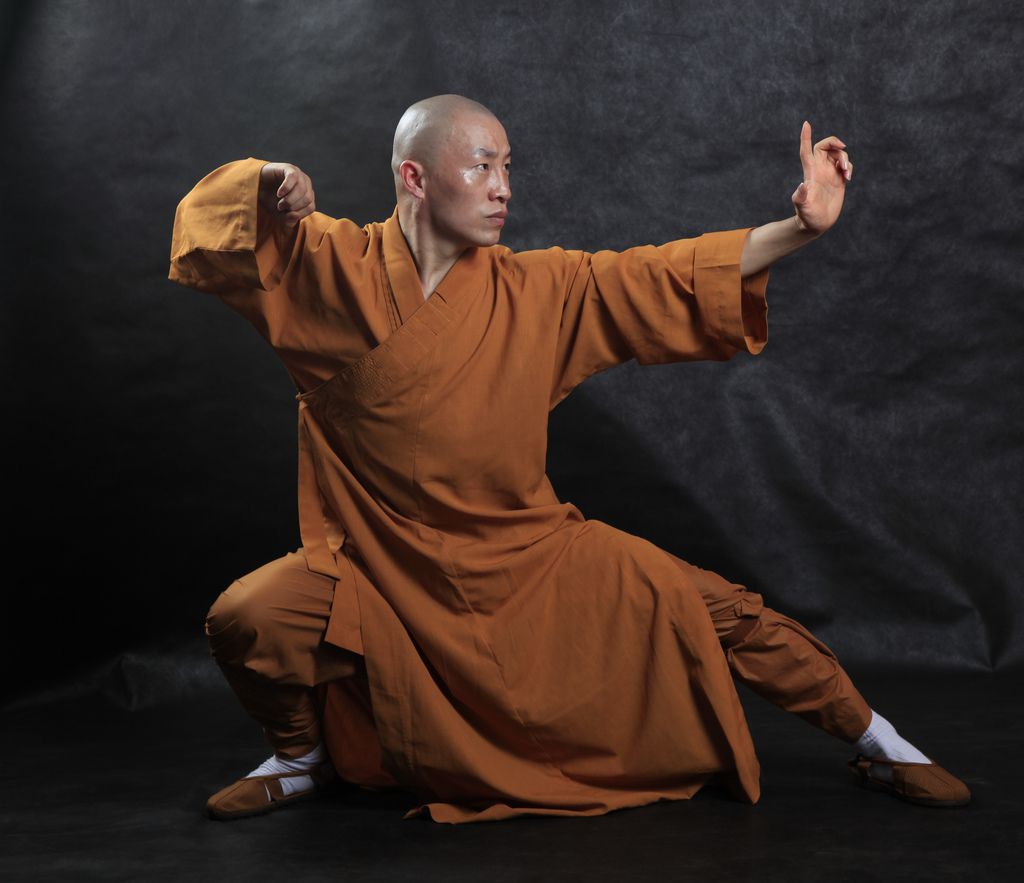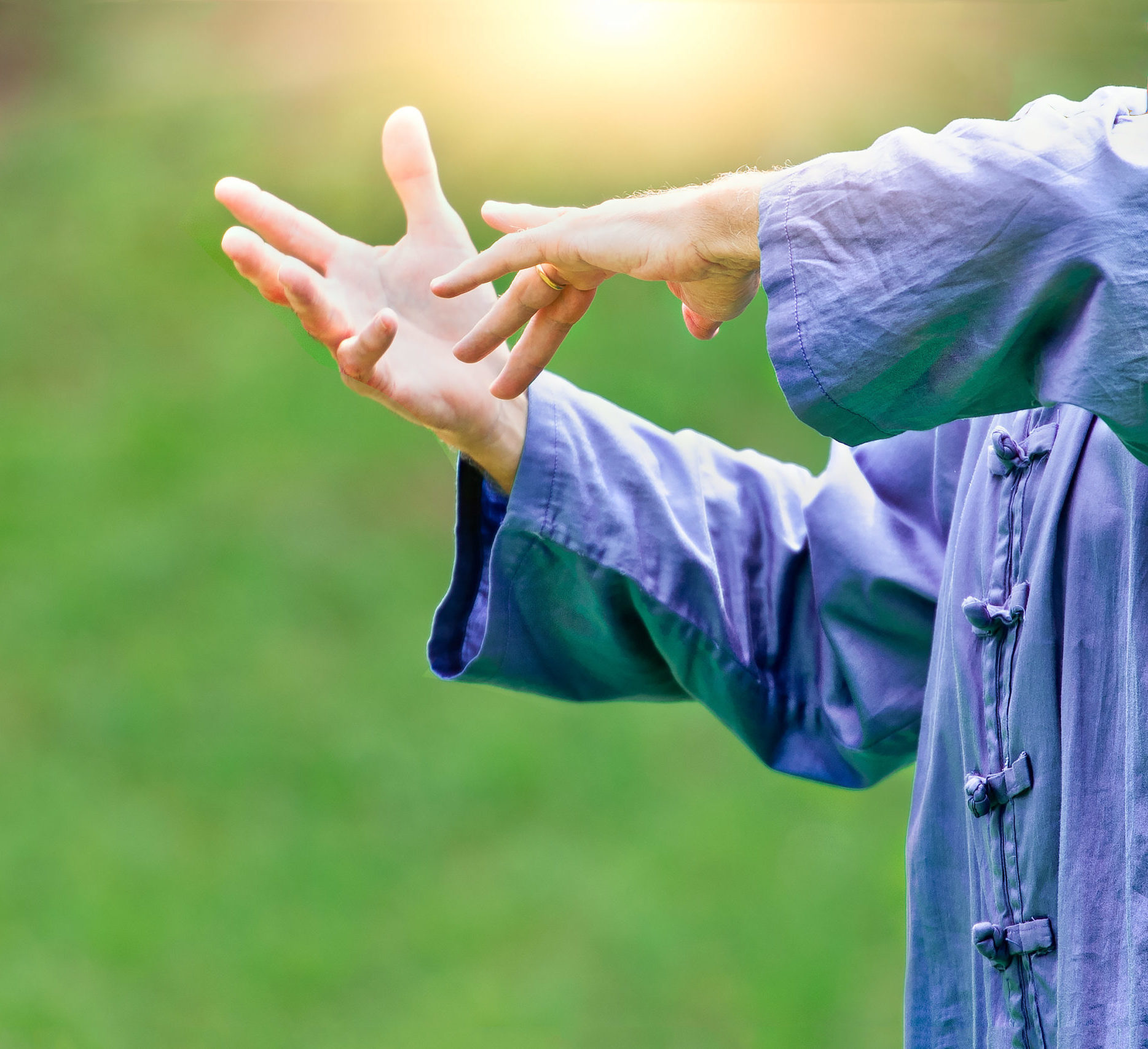Tai chi and qigong are two common practices that originate from ancient China and share some similarities, but have distinct differences. Understanding the nuances between these practices can help you determine which one may be better suited to your goals and needs.
Defining Tai Chi
Tai chi is an internal Chinese martial art practiced for defense training, health benefits, and meditation. Also called tai chi chuan or taijiquan, it is based on the Taoist concepts of yin and yang – the complementary forces that make up the universe.
Some key features of tai chi include:
Slow, graceful movements flowing from one to the next
Weight shifting and body alignment to improve balance and coordination
Deep, rhythmic breathing coordinated with movements
Mental focus and visualization during practice
Increased circulation and flow of ‘qi’ or vital energy in the body
The different styles and forms of tai chi incorporate these principles to varying degrees. Some common styles are Chen, Yang, Wu, and Sun. The simplified 24-form tai chi is widely practiced by beginners for its health benefits.

Defining Qigong
Qigong (also spelled chi gung or chi kung) is an ancient Chinese therapeutic practice involving coordinated breathing, movement, and mental focus. It is considered a foundational part of traditional Chinese medicine.
Some characteristics of qigong include:
Repetitive motions synchronized with breathing
Static postures held for several minutes
Visualization and meditation to gather and circulate ‘qi’
Use of sounds like utterances or mantras
Improved health through stress relief and energy cultivation
There are thousands of different qigong exercises and routines tailored to various goals. Some types of qigong include medical qigong prescribed for specific conditions, martial qigong for strength and agility, spiritual qigong for enlightenment, and scholastic qigong to improve concentration.

Similarities Between Tai Chi and Qigong
Though tai chi is an internal martial art and qigong a health system, they share some common ground:
Origins in ancient Chinese philosophy – Both practices stem from Taoist traditions and incorporate concepts like yin-yang, qi (life energy), meridians, and the five elements.
Slow, flowing movements – Tai chi form routines and some qigong exercises feature slow, relaxed movements that flow smoothly from one to the next. These are conducive to injury prevention, balance, and coordination.
Controlled breathing – Proper breathing techniques are essential in both practices. They coordinate breath with activity to improve oxygen flow, relax the body, and circulate qi.
Mental concentration and visualization – Strong mental focus and specific visualization of qi flow, body alignment, or affirmations helps direct intention during practice.
Increased energy and health benefits – Regular practice of tai chi or qigong can reduce stress, improve stamina and posture, and aid general well-being.
Key Differences Between Tai Chi and Qigong
Though the two practices share some commonalities, they also have distinct differences:
Martial art vs. healing art – Tai chi was developed primarily for self defense and martial arts applications, while qigong focuses on healing and longevity.
Complex vs. simple movements – Tai chi emphasizes multi-step, complex sequences of postures and transitions between them. Qigong uses simpler, repetitive motions focused on specific meridians or body parts.
Choreographed vs. improvised movements – Tai chi follows structured routines, while qigong exercises can be improvised based on intuitive movement.
Lower vs. higher intensity – Tai chi involves more vigorous physicality requiring balance, leg strength, and moderate intensity. Qigong is often practiced at a slower pace with minimal stress on the body.
More yang vs. more yin – Tai chi has a more ‘yang’ dynamic with active stepping, lunging, and fa jin (explosive power). Qigong typically focuses on soft, inward ‘yin’ energy cultivation.
Fixed vs. variable routines – Set tai chi forms must be learned and performed precisely. Qigong exercises can be varied based on duration or elements emphasized.

Which Practice Is Suitable for You?
When deciding whether tai chi or qigong aligns better with your goals:
Choose tai chi if you want to learn graceful martial arts routines that improve strength, balance, and mindfulness. It also helps develop self-defense capability.
Opt for qigong if you desire simple, customizable exercises for relaxation and energy cultivation with minimal physical exertion. It can complement medical treatment.
Those seeking spiritual enrichment or mental focus may benefit equally from tai chi or qigong. Both cultivate presence of mind and conscious movement.
Consider combining tai chi and qigong. Many teachers advocate practicing tai chi for physical conditioning and qigong for energy work.
People with mobility issues may prefer qigong initially for its gentler motions before progressing to tai chi. Those physically fit may appreciate tai chi’s intensity.
Try an intro class in each to determine which you enjoy and find most rewarding. Over time, you may incorporate elements of both into your routine.
Summary
The beauty of tai chi and qigong is that they can be tailored to practitioners of all ages and fitness levels. By understanding the nuances of each practice, you can thoughtfully choose which one suits your unique goals and circumstances. With regular practice, their shared benefits of mindfulness, vitality, and balance will enrich your life.


